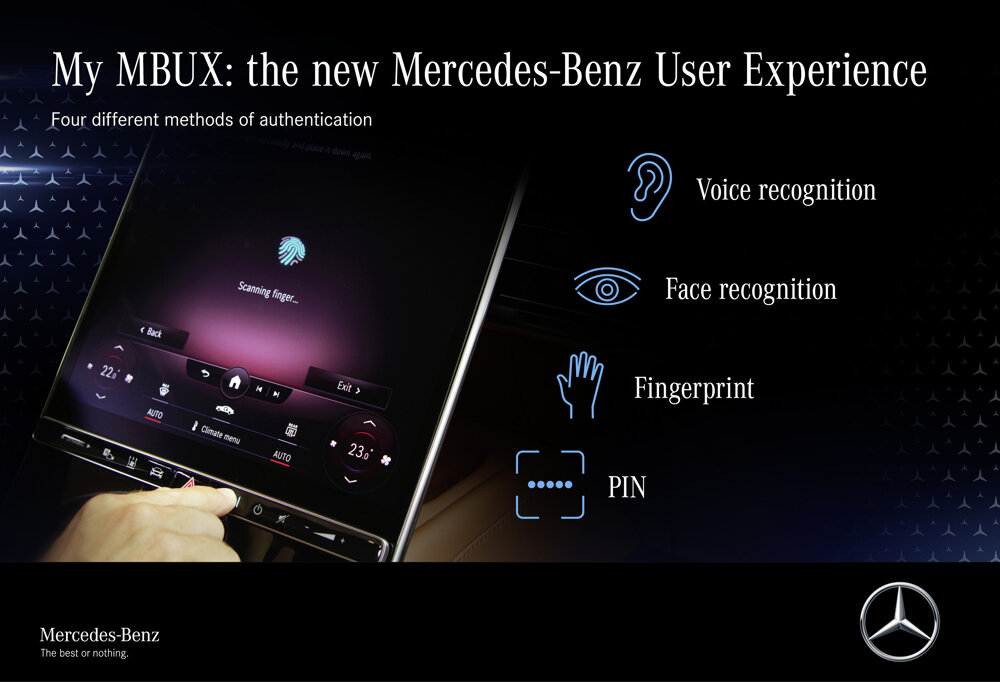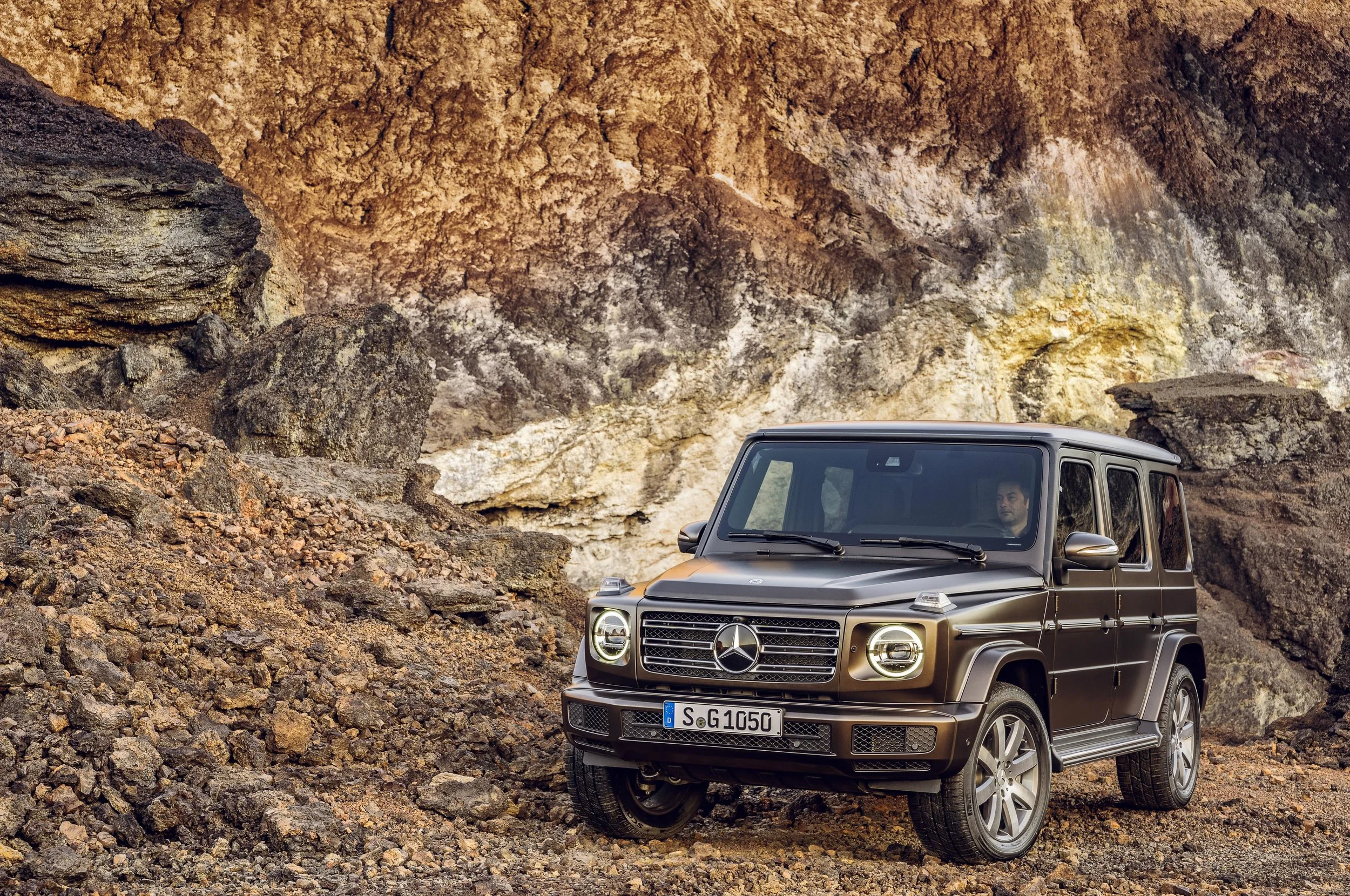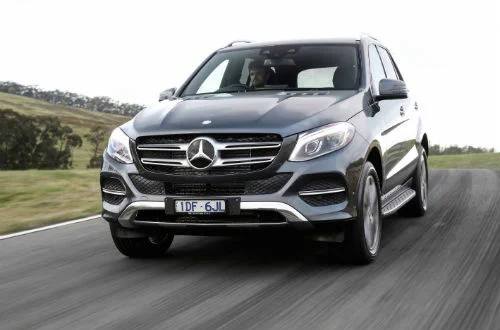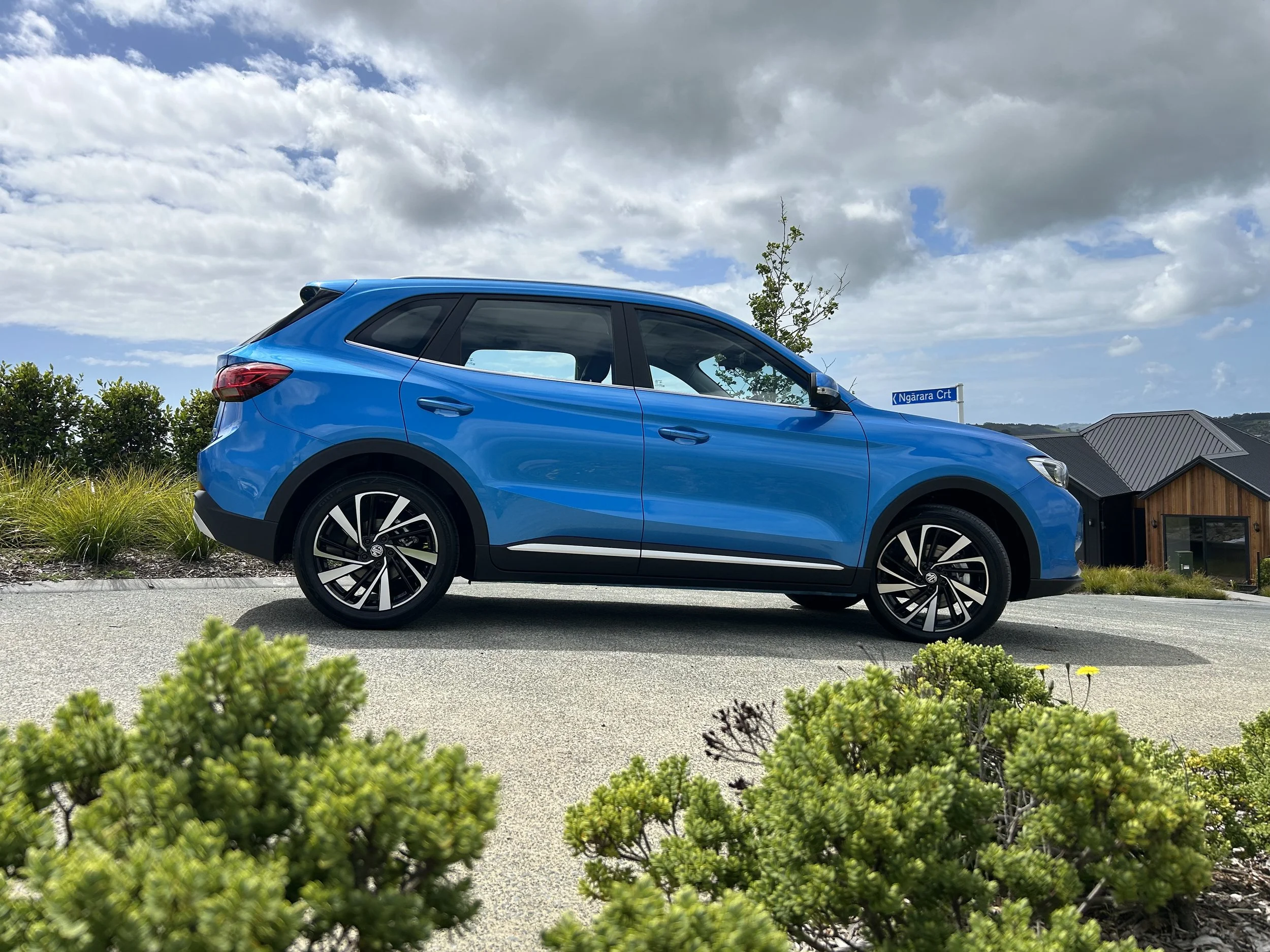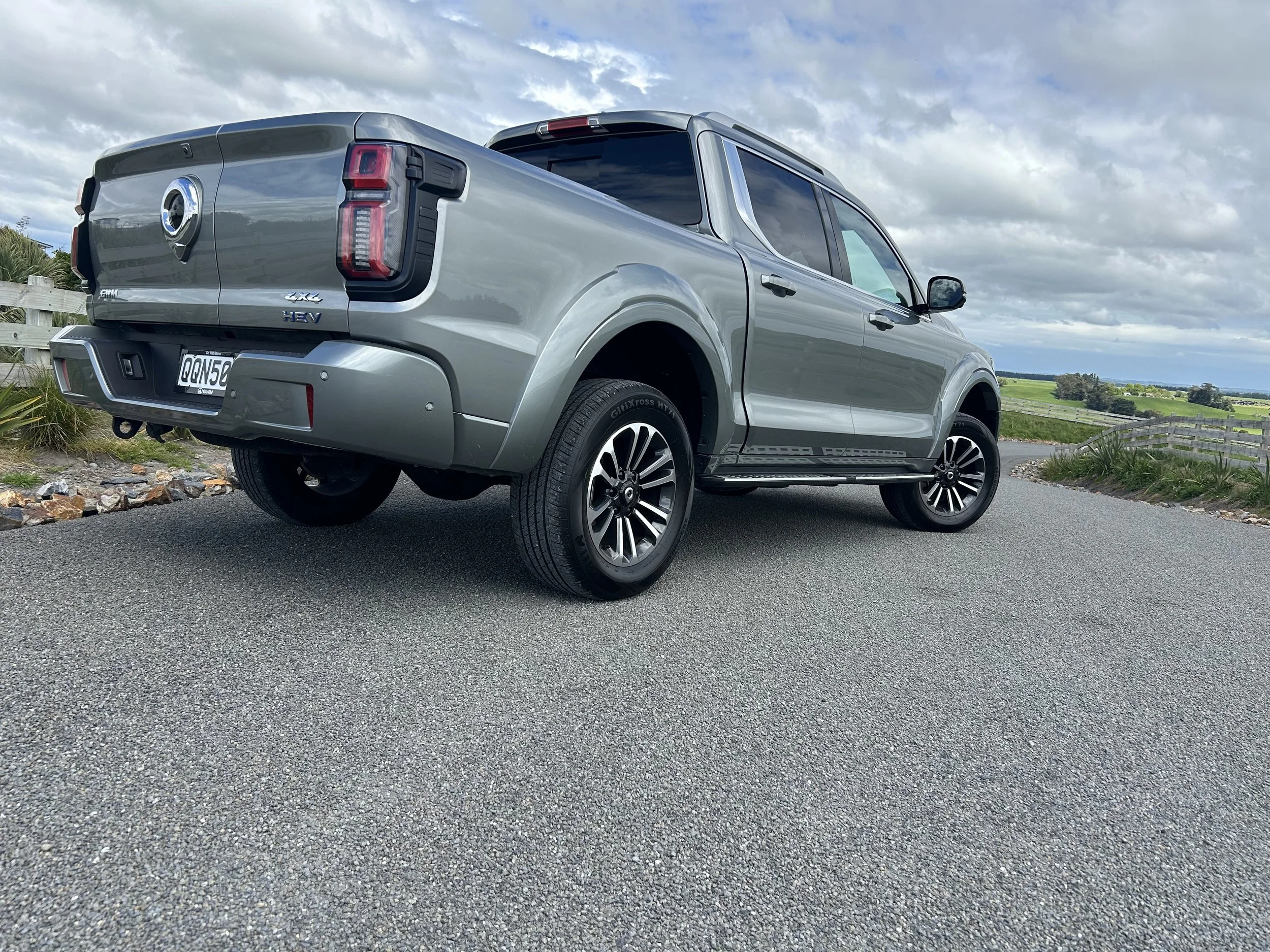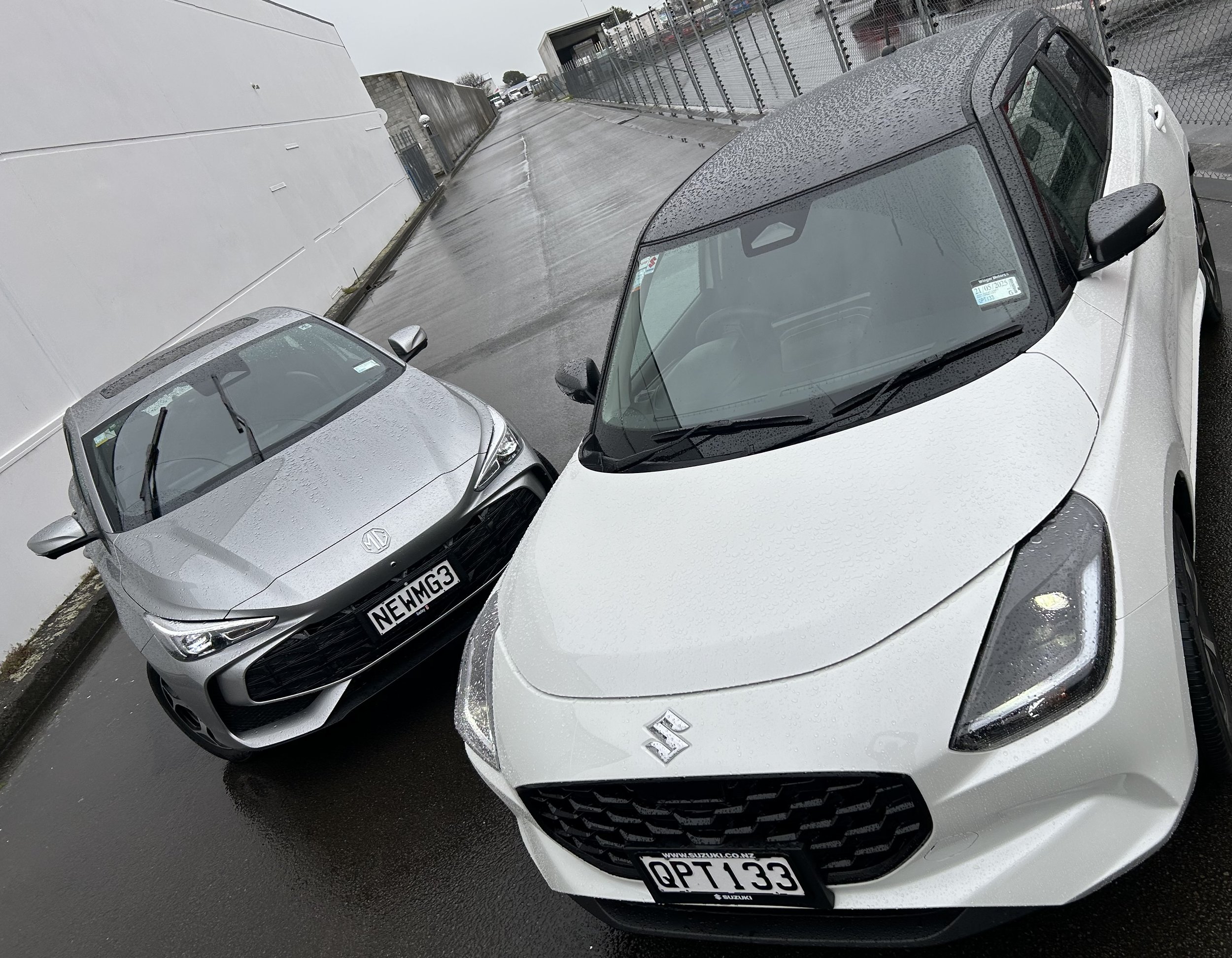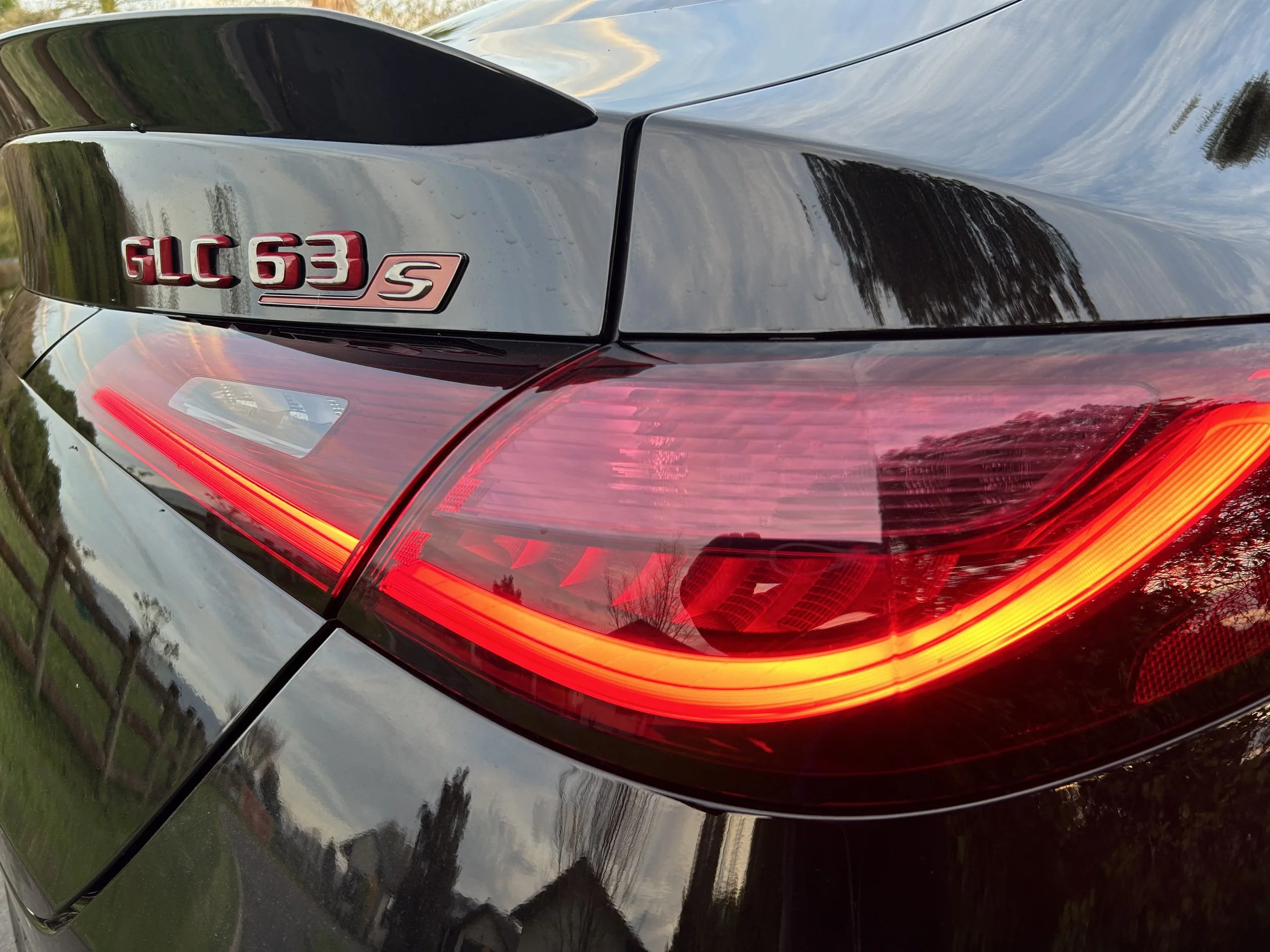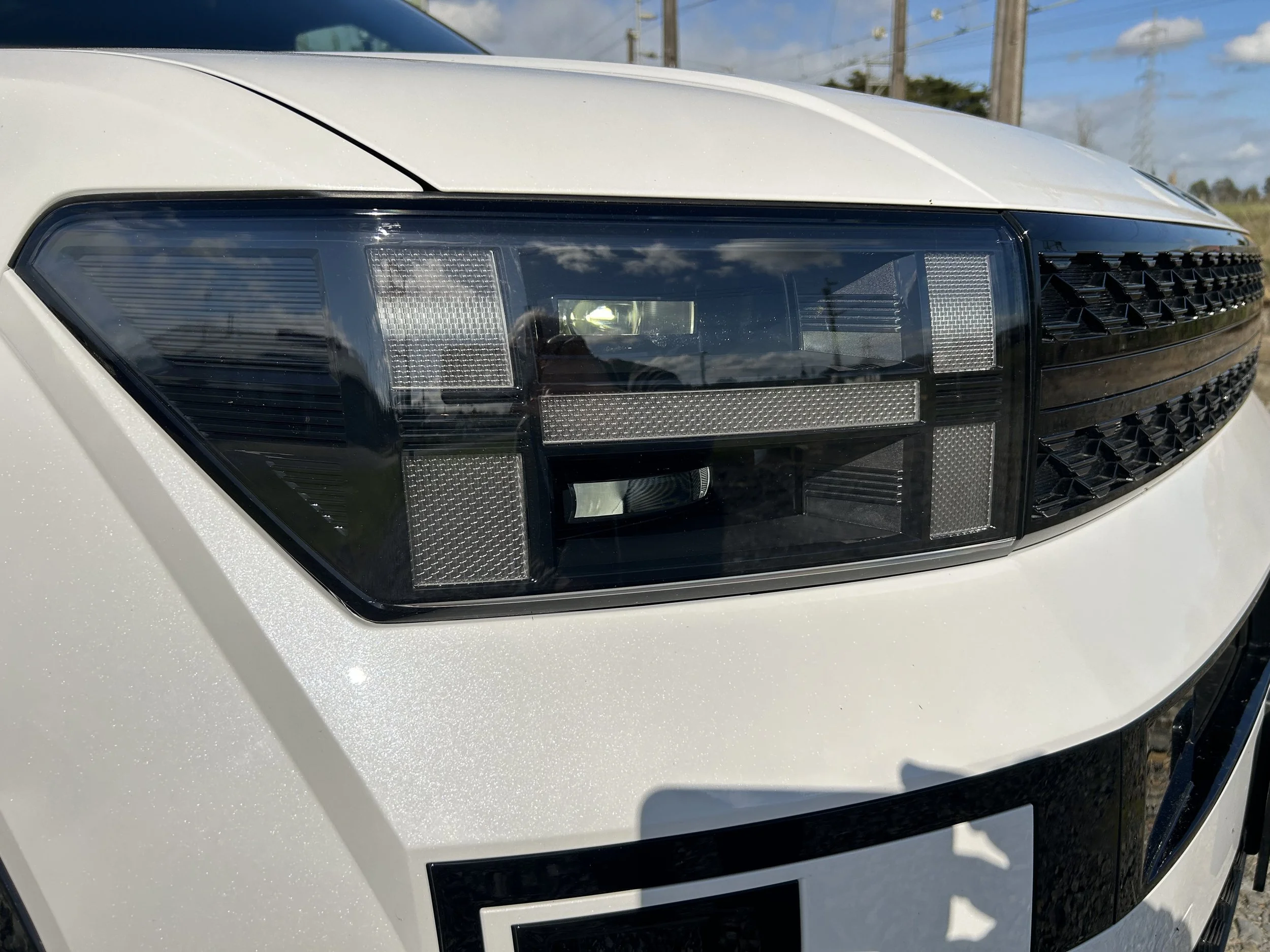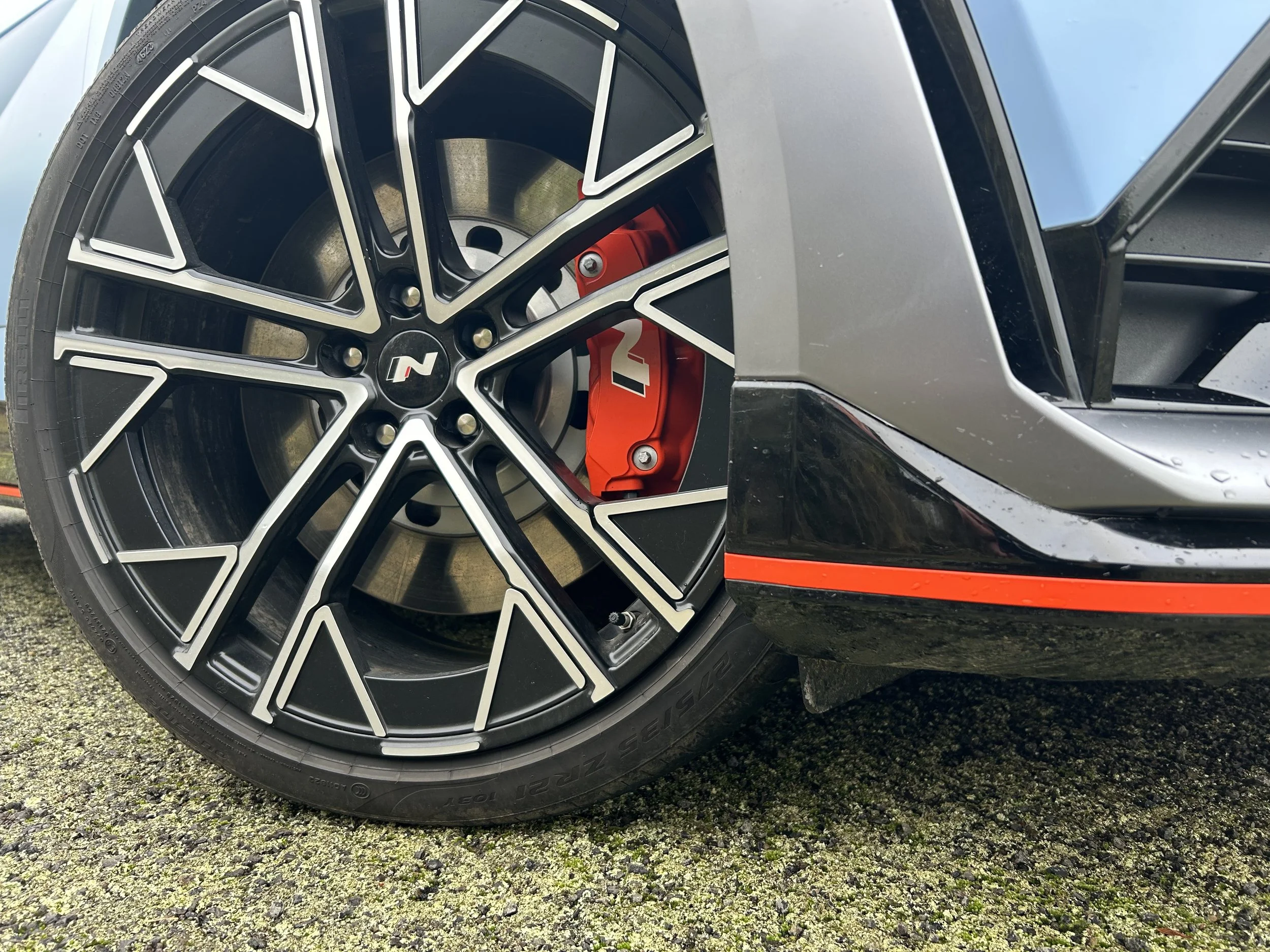EQA on fast boat to NZ
/Mercedes’ second electric car has been unveiled – and it’s coming here soon.
KIWIS keen to express their electric car enthusiasm from behind a three-pointed star won’t have too long to wait for the EQA unveiled to the world overnight.
Mercedes Benz New Zealand says it expects the wholly battery-compelled small sports utility will be here in mid-2021, with a front-drive, single motor EQA 250 derivative leading the introduction.
The Auckland-based operation says information about pricing and specification of what will stand as the first compact premium electric crossover on the market will become available closer to the car’s release.
Effectively an all-electric version of the GLA small SUV – it’s based on a modified version of the platform currently used by that car and the A Class - the introductory edition presents with a single electric motor located on the front axle and feeding from a 66.5kWh battery pack.
The powertrain develops 140kW of power and 375Nm of torque and promises 426km range on the New Zealand-recognised WLTP scale (or 486km on the outmoded NEDC rating).
The maker vouches a 0-100kmh sprint time of 8.9 seconds and cites an electronically-limited top speed of 160kmh.
The slightly slovenly step-off seems a repercussion of the podgy kerb weight, an unavoidable with battery inclusion.
At 2040kg the model weighs some 555kg more than a front-drive, petrol-powered GLA 200, which runs a 120kW/250Nm 1.3-litre turbo petrol and achieves the legal open road limit from a standing start in 8.6 seconds.
The EQA line-up is set to expand with a twin-motor, all-wheel drive variant that will much snappier: Some are saying 0-100kmh in five seconds. The company has told media in Europe it’ll generate “more than 200kW” and also have 500Nm of torque.
Meantime, Benz says the EQA 250 will take 30 minutes to reach 80 percent capacity using a 100kW fast-charging station.
EQA is the second full electric for Mercedes here, following the much larger $142,900 EQC that holds status as the 2020 New Zealand car of the year, as awarded by the New Zealand motoring Writers’ Guild, and is the first of six new EQ-branded electric vehicles to arrive before the end of 2022.
EQC also shares DNA with a combustion-engined model, the GLE sports utility, but that convenience isn’t a long-term pitch; other incoming Benz electrics are going to be on a bespoke platform.
Mercedes assures that using the GLA/A-Class underpinning for EQA has not required any particular compromise. It says adapting the chassis to make space for an electric motor and a battery pack under the vehicle’s floor was straightforward, as it was always designed for an electric application.
The GLA’s platform was, however, extensively strengthened to support the added weight of the battery pack. Also, new under-floor cross members were implemented under the floor and the car achieves a guard for the front of the battery pack to prevent it from being punctured in the event of an accident.
In an effort to squeeze the maximum possible amount of range out of the car’s battery pack, Mercedes’s engineers paid particular attention to the EQA’s shape when it was on the drawing board.
Hence, while it obviously has strong familial association with the GLA and A-Class, the electric model’s association with EQC is probably equally if not more patent. As with the larger model, the lines have been softened and the frontal area has been made as smooth as possible, to improve the aero. This is also why the car’s underside is also completely enclosed by an undertray. The end result is a drag coefficient of just 0.28Cd.
Mercedes’ next electric models seem set to be the EQB, a seven-seater sports utility, and the EQS, a high-end all-electric luxury alternate the marque’s traditional flagship, the S-class. Mercedes recently showed off a full-width digital dashboard, it calls the hyperscreen, that will go into the EQS.













